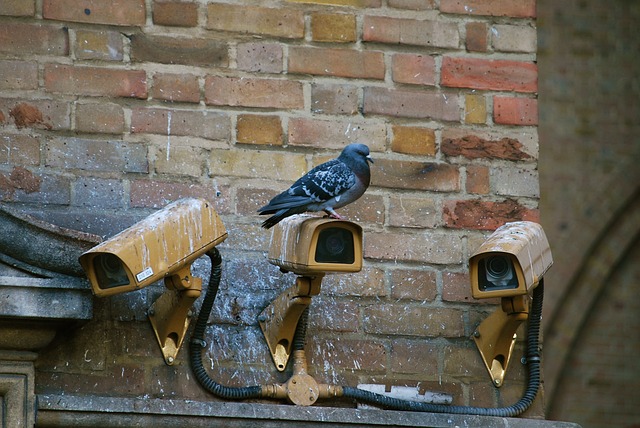There are many types of locks available in the market today, all aimed to provide your door, garage, or vehicle with the utmost security it needs, to prevent anyone from breaking into your house or stealing your property. Among some of the most popular are the following:
- Bicycle lock
- Cam lock
- Chamber lock
- Child safety lock
- Combination lock
- Cylinder lock
- Deadbolt
- Electronic lock
- Magnetic lock
- Keycard lock
- Lever tumbler lock
- Protector lock
- Luggage lock
- Padlock
- Rim lock
- Time lock
The classic types of locks can be broken down into 5 categories according to functionality and how they operate:
A pin tumbler lock uses a set of pins that prevents the wrong key from opening the lock when it is inserted. The key has grooves on either side of its metal body, limiting the locks it can slide into and open. These grooves can either align or not with the wards in the keyway.
A warded lock, as the name suggests, uses some wards or obstructions to prevent the wrong key from opening the lock when it is inserted. The correct key has notches/slots that correspond to those within the lock itself, allowing it to rotate freely and thus, opening the lock. This type of lock is most commonly used for inexpensive padlocks, cabinets and other low-security applications.
A wafer tumbler lock works like the pin tumbler lock does, using the same technology. The only difference is that each wafer is a single piece, unlike the pin lock where each pin is made up of two or more pieces.
A disc tumbler lock, also known as an Abloy lock, is considered the most secure and impossible to be picked, made up of slotted rotating detainer discs.
A lever tumbler lock is opened when the tumbler is lifted above a certain height, allowing the bolt to slide past.




















